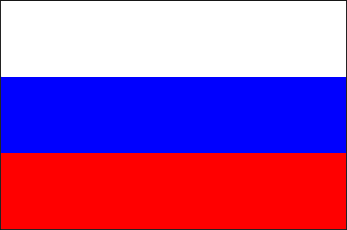LATERAL FOLDING AND ORE-GENESIS/A.YU. KISIN, V.A. KOROTEEV

A fundamentally new mechanism of deformation of the earth's crust under uniaxial horizontal compression, which occurs during the horizontal movement of crustal masses, is proposed. The deformations are carried out by the “thrust-longitudinal bend” tectono-pair: by thrusts, the crust is divided into blocks of positive and negative bend, which determined the name “block folding”. Bending moments focus the mechanical energy of compression, creating a high-gradient stress stress field. Block of positive bending characterized by a direct gradient of stress stresses, providing upward squeezing of fluids and plastic material. A block of negative bend characterized by a reverse stress stress gradient, which prohibits any upward movement of matter, including fluids, which creates abnormal fluid pressures. The fluids are enriched in ore components. The unloading of ore-bearing fluids and the magma chamber occurs when stress is removed. Theoretical substantiation and experimental modeling show that block folding exists. Almost not manifested in the bends of the crust, it is usually explained by the block structure of the latter. The book is intended for specialist geologists and geophysicists engaged in the search for deposits of various minerals.

